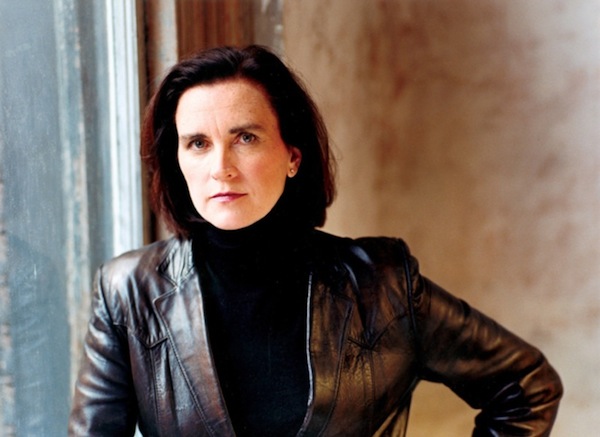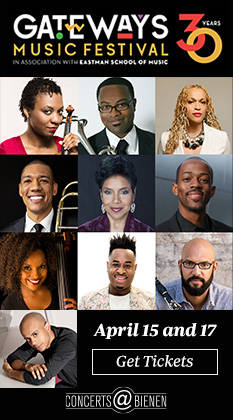Patricia Barber brings artistry to dark-textured Contempo program

Shulamit Ran, artistic director of Contempo, certainly got it right in her remarks before the ensemble’s annual double bill of new music and jazz Saturday night at the University of Chicago’s Logan Center. The concert, she told the large, attentive audience, would offer “smart, bold” music by four composers with “strong personal voices.” Works by Franghiz Ali-Zadeh, Elena Firsova and Marta Ptaszynska along with a post-intermission set by jazz pianist Patricia Barber and three colleagues easily fulfilled that promise.
In terms of musical forces, the first three works, all by women with thriving international careers, couldn’t have been more different. Ali-Zadeh, who divides her time between Germany and her native Azerbaijan, wrote Habil-Sayagy in 1979 for cello and prepared piano. Space Model by Ptaszynska, a U of C professor, pairs prerecorded tape and a solo percussionist playing three distinct clusters of instruments. String Quartet No. 11 (Purgatorium) by the Russian-born Firsova was written in 2008 for traditional string quartet with no amplification or special effects.
And Barber, one of Chicago’s finest jazz artists, is distinctive enough with her ringing, richly textured voice and densely layered, inventive piano style. But for Saturday’s set, in addition to the usual jazz forces of double bass (Patrick Mulcahy) and drums (Art Hoenig), she added the sound of Gilad Hekselman’s powerful yet mellow guitar.
An introspective, even dark, mood permeated every piece however. There were some lighter moments, of course. When Hoenig let loose, responding to Barber’s crunchy, fitful piano with a relentless barrage of drums and cymbals, she all but laughed out loud. At one point in Habil-Sayagy, expressively performed by pianist Lisa Kaplan and cellist Nicholas Photinos of eighth blackbird, Kaplan’s piano sounded like both a harpsichord and a resonant grand. There was a brief stretch of jaunty, dance-like rhythms and a moment when the tinkling flurries of Kaplan’s piano climbed higher and higher, threatening to run off the keyboard entirely.
But each composer had a deeper, more somber, agenda. In Firsova’s Purgatorium, which was inspired by Dante’s The Divine Comedy, Brandon Vamos’ cello moved through the restless music like a towering, tragic figure. His sculpted, long-lined phrases conveyed a sense of cosmic loneliness and longing that periodically erupted into fierce anger. Violinists Simin Ganatra and Sibbi Bernhardsson hovered discreetly, and Musami Per Rostad’s viola offered a touching interlude of comforting song.
A melancholy cello was also centerstage in Habil-Sayagy, spiced by the tangy, almost dissonant harmonies of Ali-Zadeh’s Azerbaijani homeland. Accompanied by the roiling thunder and metallic pings of Kaplan’s prepared piano, Photinos’ cello unfurled simple, yearning melodies.
Space Model was an enthralling exploration of time and space in three movements with virtuoso percussionist Nicholas Reed moving to a different cluster of instruments as the piece progressed. As he played the first, luminous movement at a cluster including drums, temple blocks and triangle, his live playing was recorded. As he performed on the second cluster, which included marimba and vibraphone, we heard the recording of the first movement. As layers of sound accumulated, it was as if a ghost percussions were performing alongside him. An inventive work with real musical and intellectual substance, Space Model, which Ptaszynska wrote in 1972 and revised 20 years later, was the hit of the evening.
Barber’s set included several brooding songs from her recent CD titled Smash. A poet of words as well as music, she reflected on love and loss, taking us deeper into her soul with breathy, quietly passionate vocals. Her imaginative piano playing was a marvel, a seamless outpouring of harmonic and rhythmic possibilities that seemed to have no limits.
Posted in Performances




